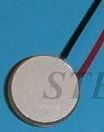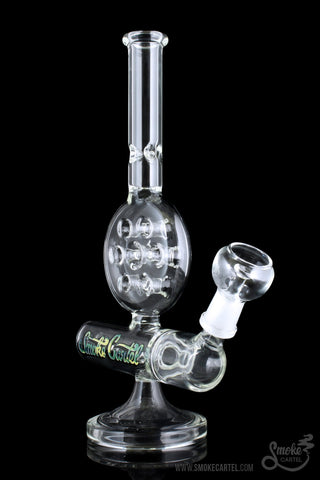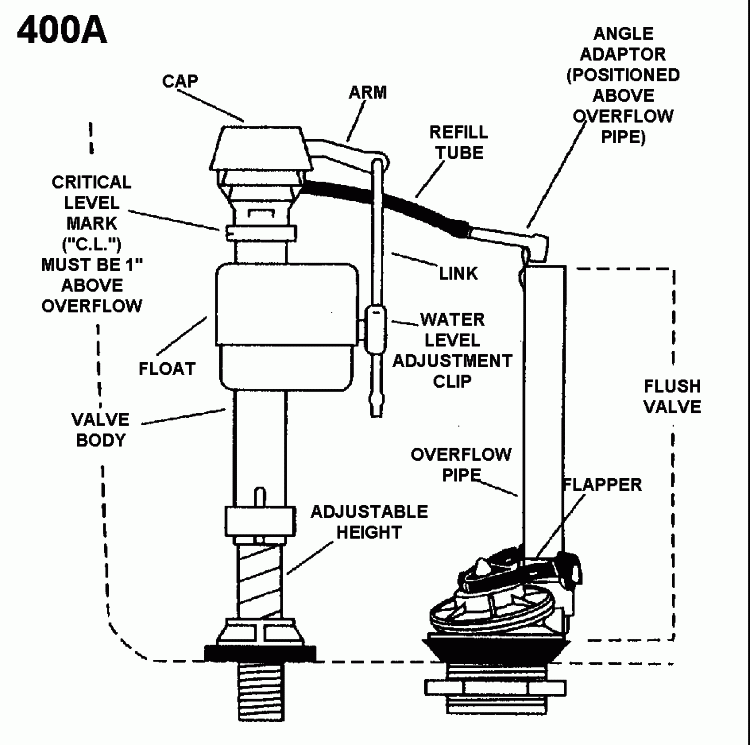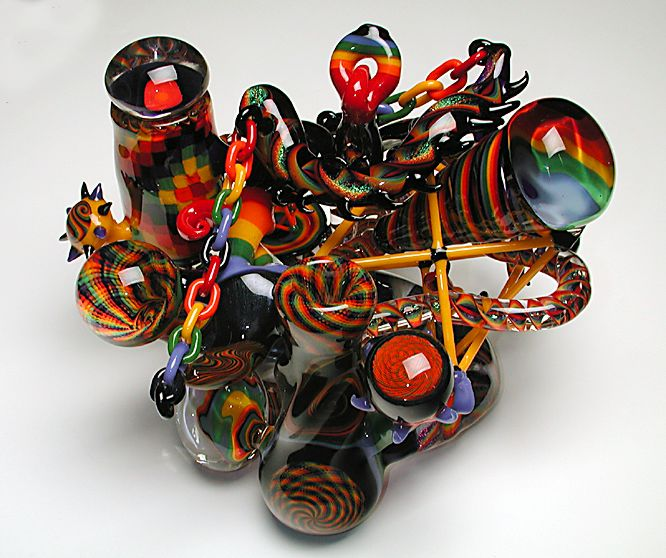A glass bong is a device that allows you to smoke herb or tobacco through water, which filters and cools the smoke before you inhale it. Using a glass bong can enhance your smoking experience by making it smoother, more flavorful and less harsh on your lungs. However, to get the most out of your glass bong, you need to know how to measure the water level and temperature in it. These two factors can affect the quality of your smoke, as well as the cleanliness and healthiness of your bong. In this blog post, we will explain how to measure the water level and temperature in a glass bong for optimal filtration and cooling.
How to measure the water level in a glass bong?
The water level in your glass bong plays a significant role in the filtration, temperature and hit of your smoke. Getting the optimal water level means getting the most of your bong. The optimal water level depends on the type and size of your glass bong, as well as your personal preference. However, there are some general guidelines you can follow to measure the water level in your glass bong:
- Look closely at your downstem. The downstem is the tube that connects the bowl to the base of the bong. If it has slits or gills, you need to make sure that your downstem and the slits are completely under water. This will allow the smoke to bubble through the water and get filtered and cooled.
- If your downstem has no slit or gills, submerge it about two inches above the opening for big bongs, or at least half an inch for mini bongs. This will ensure that there is enough water to create suction and prevent air leaks.
- If your glass bong has percolators, make sure that all of them are submerged in water as well. Percolators are additional chambers or devices that further filter and cool the smoke. They can be located in the base, the neck or both of the bong. Some common types of percolators are tree, showerhead, honeycomb, turbine and matrix.
- Check the bubbles and listen to the sound when you pull from the bong. The bubbles should be small and consistent, and the sound should be a gentle gurgling. If the bubbles are too big or too few, or if the sound is too loud or too quiet, you may need to adjust the water level.
The ideal water level in your glass bong should give you a balance of filtration, flavor and hit. You don’t want to overfill or underfill your bong, as this can have some drawbacks:
- Overfilling: The water level goes over the downstem almost up to the neck. This is good for those who are after huge amounts of filtration. The great amount of water lowers smoke temperature, giving you a hit that is cool and smooth to the throat and lungs. However, this also means that you have to put much effort to pull in the smoke. There’s also a greater chance of you getting bong water in each pull, which can be unpleasant and unhealthy.
- Underfilling: The water level barely covers the slits or gills of the downstem. This is good for those who want more flavor with each drag. The reason is, there is not enough water to filter the smoke going through the stem. However, this also means that you get less filtration and cooling, which can increase the chance of irritation in your throat and lungs.
How to measure the temperature in a glass bong?
The temperature in your glass bong also affects your smoking experience. The temperature of the water can influence the temperature of the smoke, as well as its density and thickness. The temperature of the smoke can affect its flavor, smoothness and potency. There is no definitive answer on what is the best temperature for a glass bong, as different smokers may have different preferences and opinions. However, here are some pros and cons of using cold vs warm water in your glass bong:
- Cold water: Cold water equals cool, smooth hits. Many smokers prefer cold water because it cools down the smoke instantly by 40 to 50 degrees, making it less irritating to inhale. Cold water also tends to deliver thicker, more refreshing hits. The crispness of cold water enhances the freshness and flavor of the herb or tobacco. However, one of the drawbacks of using cold water is that it can cause more resin build-up in your bong. THC solidifies faster in lower temperatures, leaving more resin behind on the glass. This can make your bong harder to clean and less efficient over time.
- Warm water: Warm water equals warmer, heavier hits. Some smokers like warm water because it produces a different sensation than cold water. There’s something to be said for the feel of a warm bong giving off plumes of steamy smoke, like a hot shower or a sauna room. Warm water also filters carcinogens better than cold water, as they are more soluble in warm water. This can make your smoke healthier and less harmful to your immune system. However, one of the disadvantages of using warm water is that it can make your smoke harsher and less flavorful. Warm water also increases the humidity of the smoke, which can make it feel heavier and more uncomfortable in your lungs.
The best way to measure the temperature in your glass bong is to use a thermometer. You can either use a digital thermometer or a glass thermometer that you can insert into the bong. The ideal temperature range for a glass bong is between 50 and 80 degrees Fahrenheit, depending on your preference. However, you should avoid using water that is too hot or too cold, as this can damage your glass bong or your lungs.
Conclusion
Measuring the water level and temperature in your glass bong is important for getting the optimal filtration and cooling of your smoke. By following the guidelines above, you can find the right balance of water level and temperature that suits your smoking style and preference. However, you should also experiment with different levels and temperatures to see what works best for you. Whichever temperature you prefer, always change your bong water after each session. Leaving it to sit is a recipe for bacteria and grime. Fresher water equals fresher tokes. Glass bongs are sensitive to sudden temperature changes, so be careful when adding ice or hot water to your bong. Happy smoking!
.





